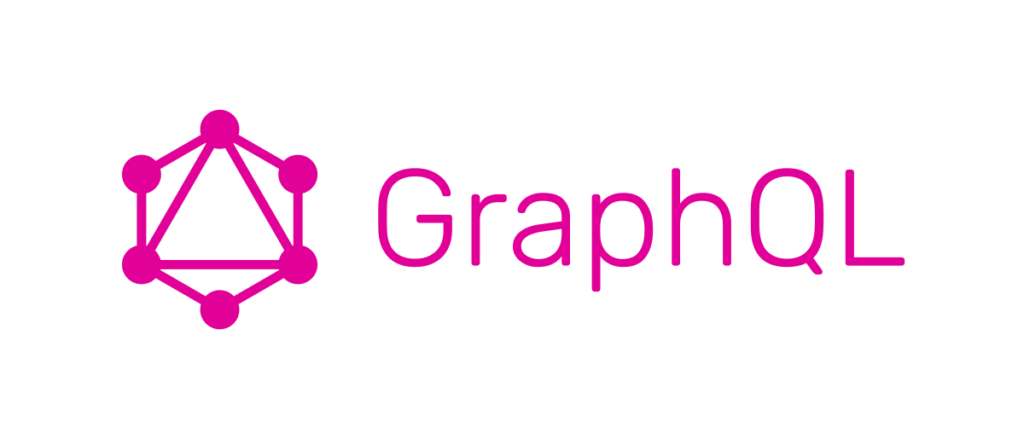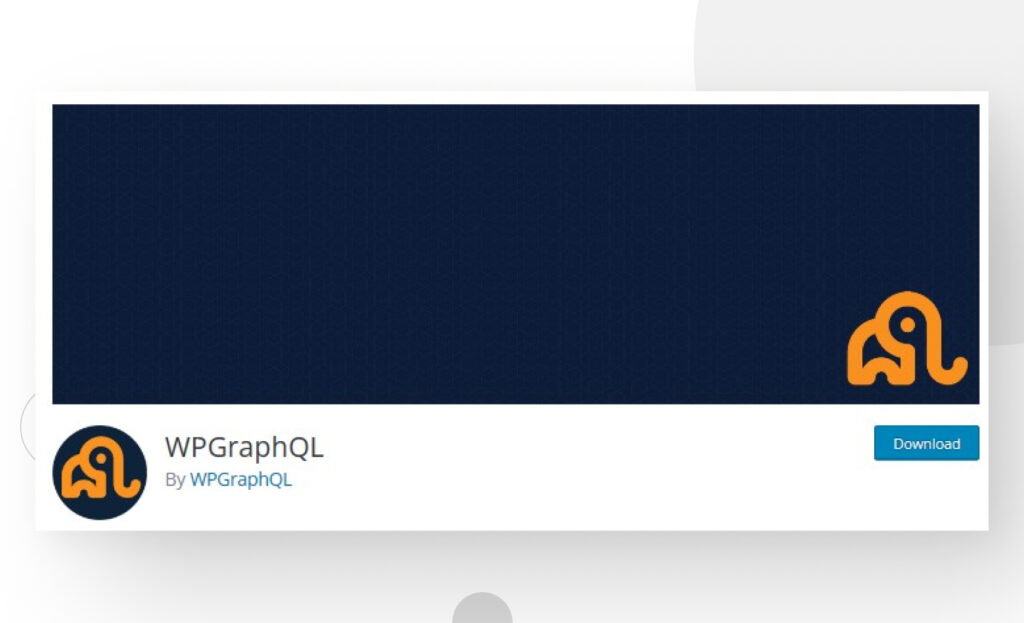- Blogs
- WordPress 101
- Headless WordPress and GraphQL: advantages and how to implement them
WordPress 101 / 7 min read
Headless WordPress and GraphQL: advantages and how to implement them

Headless WordPress and GraphQL are two technologies that have gained significant attention in recent years for their benefits in web development and content management.
In this article, we’ll explore the concept of headless WordPress and delve into GraphQL, highlighting its advantages and disadvantages. We will also discuss how to implement GraphQL in a headless WordPress environment using the popular WPGraphQL plugin.
This information will help you determine whether GraphQL is the right choice for your headless WordPress implementation. Let’s dive in.
What is headless WordPress?
Headless WordPress refers to using WordPress with a headless rather than monolithic architecture. WordPress and other content management systems (CMS) traditionally pack the backend and frontend into a single software for managing a site’s content. The backend combines the databases and server(s) that make the site work, and the frontend is the user-facing part of the website, which users see and interact with when they visit.
The headless architecture changes this model by decoupling the backend from the frontend. The CMS acts as the backend, connecting to a different platform to display user-friendly interfaces and content on the frontend. Some of the most popular frontend technologies developers use for headless implementations include React, Angular, Next, Vue, Faust, and Gatsby.
Under this model, WordPress becomes a content hub, exporting data to the frontend by exposing an application programming interface (API) that any frontend technology can use.
Headless WordPress is a relatively new offering. However, it’s already garnering attention for its potential to provide developers flexibility in their frontend choices and the scalability of managing multiple channels from the same backend.
What is GraphQL?

GraphQL is an open-source query language created by Meta in 2012. It is mainly used to create versatile and efficient APIs, emerging as an alternative to the REST architecture for APIs.
While both REST and GraphQL make HTTP requests via URLs and receive a JSON file as a response, they have different approaches to providing the information to users. While REST specifies the resources available in the API through those URLs, GraphQL structures data in schemas.
Schemas define objects, the fields in those objects, and the types of data those fields can contain using the GraphQL Schema Definition Language (SDL). Here’s an example of a GraphQL schema that defines books and authors:
type Book {
id: ID
title: String
authors: []
}
type Author {
id: ID
name: String
books: [Book]If we want to retrieve information about a specific book, we create a query. This is when one of GraphQL’s main advantages shines through: clients can send queries to a server specifying the exact data they need, and the server will respond with a JSON object that matches the structure of the query. This is an example of a GraphQL query where we ask only for a book’s ID.
type Query {
book(id:ID!): Book
}Using REST, we would have to request all the information in the resource’s URL and then filter the JSON response for the field(s) we need. GraphQL’s model prevents over-fetching (receiving more information than you need) by giving you only what you request and saves on bandwidth, CPU, and memory consumption for data transfers and sorting. This results in generally better performance than REST APIs.
Advantages of GraphQL
No over-fetching or under-fetching
With REST, the server determines the responses’ structure, and every endpoint returns its contents in full. Depending on the request, the endpoint’s content may provide more (over-fetching) or less (under-fetching) data than the client needs.
GraphQL users, on the other hand, request precisely the information they need, preventing spending unnecessary resources fetching more data than necessary or requesting additional data with multiple calls. In this sense, GraphQL is more efficient.
GraphQL APIs have a single endpoint
REST APIs contain multiple endpoints, each for a specific resource or collection of resources. In contrast, GraphQL APIs have a single endpoint that accepts all queries and mutations (data modifications on the server). Having a single endpoint simplifies development and maintenance.
Fetching data from multiple resources at the same time
GraphQL APIs allow clients to fetch data from multiple resources in a single request, making it unnecessary to make several round trips to the server. This saves additional CPU, memory, and bandwidth use.
Flexibility to modify the GraphQL schema over time
Since clients can choose which fields to fetch data for, developers can change the endpoint’s structure without affecting existing queries or having to release a new version of the API.
Client-side data shaping
Developers can easily transform or manipulate the data received from the GraphQL server on their side (the client side) by selecting specific fields, changing the structure, or combining data to tailor the response to the exact requirements of the client application.
Strong types
GraphQL employs a strongly-typed schema system that defines the structure of the data and the available operations you can perform on it. This enables automatic validation and documentation, making it easier for developers to understand and interact with the API.
Disadvantages of GraphQL
GraphQL has a steeper learning curve
Many developers are familiar with REST APIs and have worked with them for years, but GraphQL is a relatively new technology. Developers getting into GraphQL will need to learn a new query language to use it effectively.
Tooling support
GraphQL requires heavier tooling support on the client and server-side than REST APIs, which clients can consume with simple tools like cURL or a web browser. Depending on the project’s needs, the resources needed to use GraphQL may not be worth it, especially for simple CRUD APIs.
Caching is more difficult
REST APIs use HTTP GET by default to fetch resources. GET has a well-defined caching behavior that web browsers, CDNs, proxies, and web servers can use. GraphQL, on the other hand, uses HTTP POST by default, complicating the caching process. Developers can still develop caching solutions for GraphQL, but it’s more complicated and time-consuming.
The N+1 problem
Allowing clients to request only the data they need could cause problems. Since clients determine the query’s complexity, nothing prevents them from running all the queries from a single request. This could bring servers down and crash applications. The same could happen if a function causes unexpected table scans for multiple users simultaneously.
Mitigating these risks is completely possible, and developers have created techniques to do so, but the process adds complexity to a GraphQL implementation.
How to implement GraphQL for headless WordPress?

By default, WordPress offers a REST API that powers the Block Editor and can interact with themes, plugins or custom applications. To leverage the advantages of GraphQL for your headless WordPress backend, you have to install and activate the WPGraphQL plugin.
WPGraphQL extends WordPress’ functionality by exposing its data and features through a GraphQL endpoint. Once active, you’ll see a GraphQL button on your admin dashboard’s sidebar. Hover your pointer over it and click on GraphiQL IDE. This will take you to the GraphQL playground, where you can write queries to your database.
Once in the playground, you can experiment with queries by writing them on the left-side pane. For example, the following schema queries all the titles for every post on your site:
query postsQuery{
posts{
edges{
node{
title
}
}
}
}
Execute the query by hitting the “Play” button at the top and you’ll get a response like the following on the right pane:
{
"data": {
"posts": {
"edges": [
{
"node": {
"title": "Post Title 1"
}
},
{
"node": {
"title": "Post Title 2"
}
},
{
"node": {
"title": "Post Title 3"
}
}
]
}
}
Once WPGraphQL is installed and active, you can connect your headless WordPress backend with any modern frontend framework.
Should you use GraphQL for headless WordPress implementations?
For our developers at White Canvas, GraphQL provides many benefits and minimal drawbacks, making it our preferred solution for headless WordPress implementations. For your own implementations, consider the following factors when deciding whether to use GraphQL:
- Do you need fine-grain, flexible queries?
- Do you want to avoid over and under-fetching as much as possible?
- Does your WordPress site have custom post types?
- Do you want to reduce network overhead and optimize performance by minimizing the number of API requests?
GraphQL can help you reach all these goals as a powerful tool while implementing WordPress as a headless CMS. Its features provide an enhanced developer experience while solving many problems associated with REST API management.
Despite being a relatively new development, headless WordPress provides an excellent opportunity in terms of frontend development flexibility, scalability, and multi-channel content delivery. Most developers and agencies would be wise to consider implementing it when the project benefits from it.
If you found this information helpful, check our blog for more WordPress insights, guides, and tips!
Related Articles

How to... / 5 min read
How to... / 5 min read
How to Make a Subscriber Into an Admin on WordPress?
While it's not the most common situation, at some point, you may find yourself needing to make a Subscriber into an Admin on your WordPress site. Maybe you need to…
Read More
How to... / 3 min read
How to... / 3 min read
How to Grant Secure Access to a Not Live WordPress Site During Development
When developing a WordPress site, you often need to collaborate with multiple developers and grant access to the website owner so they can review the progress themselves. However, granting access…
Read More
Industry Insights / 11 min read
Industry Insights / 11 min read
Do You Need a Web Developer to Build a WordPress Site?
If you’re building a WordPress site or considering building one, you wonder whether you need a web developer to create it or you can do it yourself. The answer can…
Read More
How to... / 6 min read
How to... / 6 min read
How to Change the Bottom Padding Dimensions on WordPress Blocks
If you're learning to modify your WordPress site's layouts and design, you may be wondering how to change the bottom padding dimensions of some of its elements. If that's the…
Read More
How to... / 10 min read
How to... / 10 min read
How to Disable the “Similar Posts” Section in WordPress Blogs
If you’re diving deeper into customizing your site, you may be wondering how to disable the “Similar Posts” section that appears on the bottom, sidebar, or footer of your WordPress…
Read More